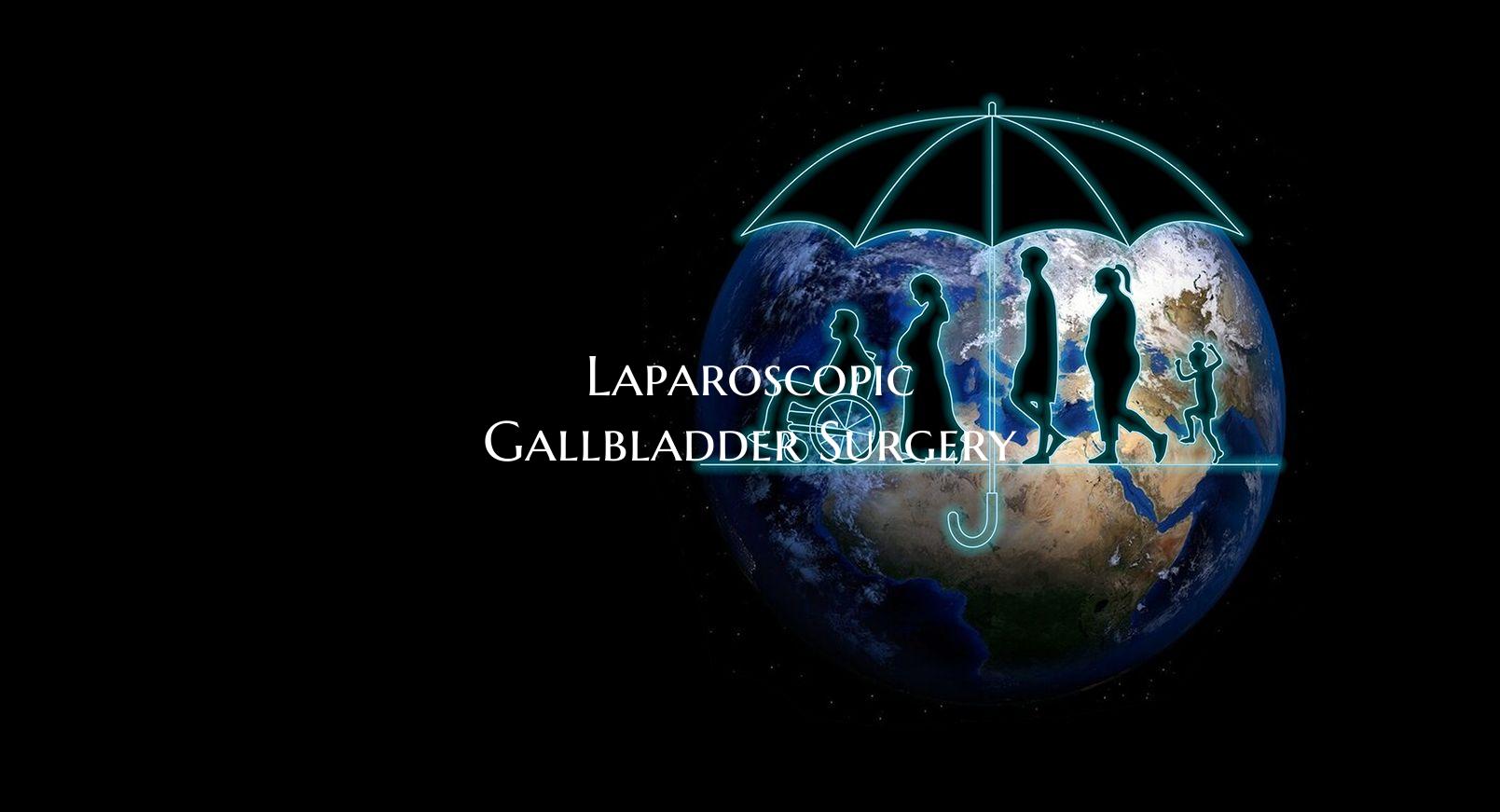
Laparoscopic Gallbladder Surgery
Introduction: Laparoscopic gallbladder surgery, also known as laparoscopic cholecystectomy, is a minimally invasive surgical procedure used to remove the gallbladder. This procedure is commonly performed to treat conditions such as gallstones and inflammation of the gallbladder. Compared to traditional open surgery, laparoscopic gallbladder surgery offers several benefits, including faster recovery times and fewer complications.
Procedure Overview: During laparoscopic gallbladder surgery, the surgeon makes several small incisions in the abdomen and inserts a laparoscope, a thin tube with a camera and surgical tools attached. The camera allows the surgeon to see inside the abdomen and guide the instruments to remove the gallbladder. The gallbladder is then carefully detached from the surrounding tissues and removed through one of the incisions.
Benefits of Laparoscopic Surgery: 1. Minimally Invasive: Laparoscopic surgery requires only small incisions, resulting in less pain and scarring compared to open surgery. 2. Faster Recovery: Patients undergoing laparoscopic gallbladder surgery generally experience a quicker recovery time and can return to their normal activities sooner. 3. Reduced Complications: The risk of complications such as infections and bleeding is lower with laparoscopic surgery. 4. Shorter Hospital Stay: Most patients undergoing laparoscopic gallbladder surgery can go home the same day or after a short hospital stay.
Postoperative Care: After laparoscopic gallbladder surgery, patients are advised to follow their surgeon's instructions for a smooth recovery. This may include taking prescribed medications, managing pain, eating a light diet, and gradually increasing physical activity. It is essential to attend follow-up appointments to monitor recovery and address any concerns.
Potential Risks: While laparoscopic gallbladder surgery is considered safe, there are some potential risks associated with the procedure. These may include infection, bleeding, bile duct injury, and complications from anesthesia. It is important for patients to discuss these risks with their surgeon before undergoing surgery.
Conclusion: Laparoscopic gallbladder surgery is a safe and effective procedure for treating gallbladder conditions. By understanding the benefits, procedure, and postoperative care associated with laparoscopic cholecystectomy, patients can make informed decisions about their treatment. If you are considering gallbladder surgery, consult with a qualified surgeon to discuss the best approach for your individual needs.